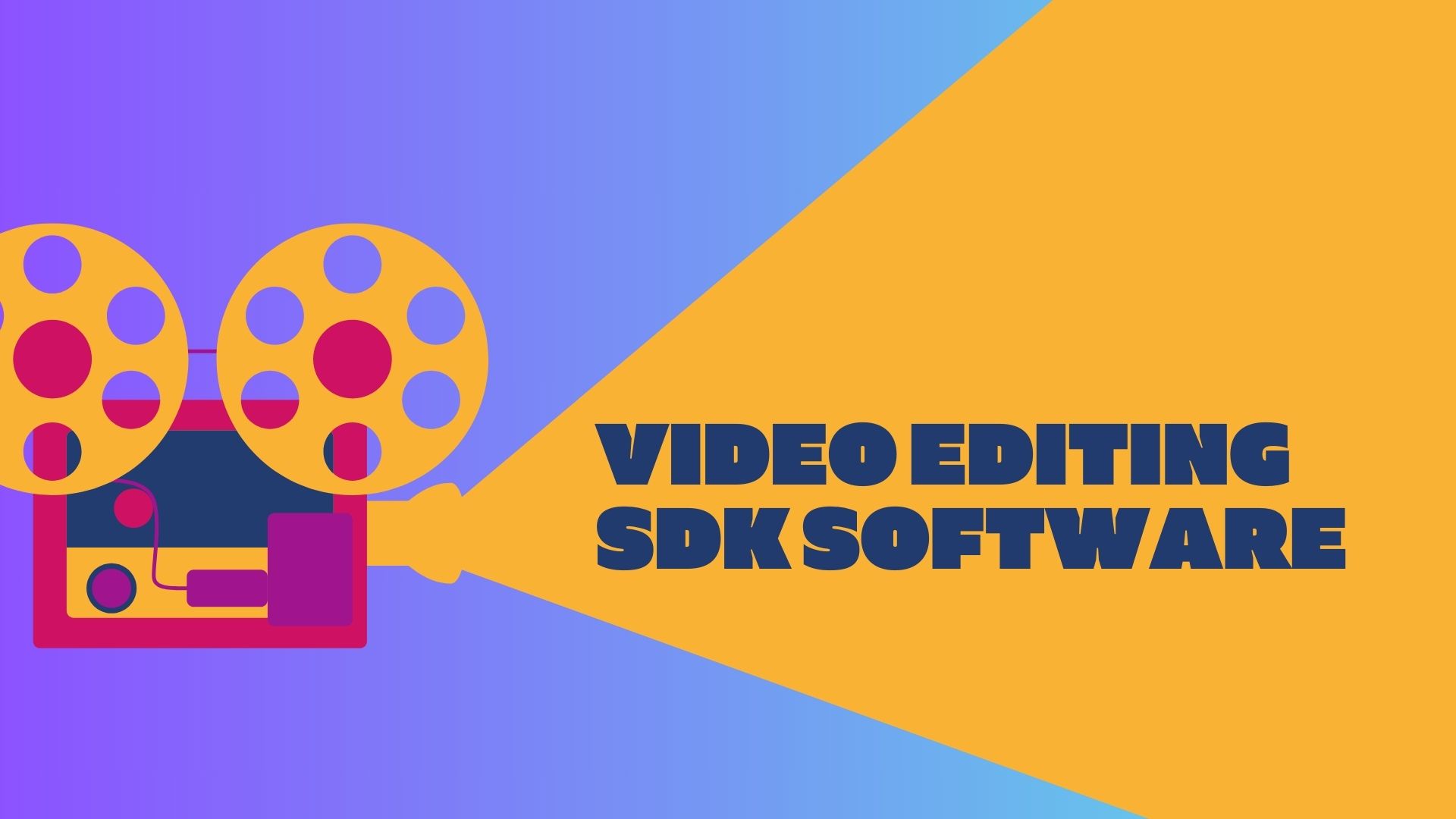Implementing iBeacons? Watch Out for 5 ‘Gotchas’
By Glenn Gruber, Propelics
We recently heard the news about Virgin Atlantic piloting Apple's iBeacon location-aware technology.
Mobile is transforming many industries, travel as much as any. The out-of-home and often unfamiliar nature of travel makes it an almost perfect fit for mobile as a technology. The ability to be connected at all times creates the expectation that any desired information or service is available, on any device, in context, at your moment of need.
iBeacons are a hot new technology which use a Bluetooth low-energy signal for location to create an indoor version of GPS that can be used to build location-aware services. Much of the discussion around beacons has been limited to changing the in-store retail shopping experience, but beacons have applicability outside retail. There is no shortage of use cases within the travel and hospitality sector, as the Virgin Atlantic news proved.
Using the iBeacons, Virgin Atlantic customers with an electronic boarding pass will download their iPhone's Passbook app and then will be able to receive messages from the beacons related to their location in London's Heathrow airport.
Beacons are simple, but not foolproof. Here are five things to watch out for when implementing a beacon initiative:
- Security/Limited Ability to Monitor: Beacons are generally not connected to a broadband network, say via WiFi, making it difficult to measure whether they are working or effective. Not only does this impact the value of the beacon program, but it could lead to significant security risks, such as stolen beacons. Cloning is another concern. The UUID and the major + minor values are publicly available over the air by any BLE compatible device. Anyone can copy these values and apply them to their own beacons/BLE devices to fake or spoof notifications. If you are building a mission-critical app where security is important, make sure to implement additional layers of security (e.g. combine with signals from GPS).
- Imprecise Measuring of Distance: Proximity measurement and accuracy with beacons is better than it is with other location technologies (e.g. GPS or WiFi triangulation). But it’s not perfect, so expect to have to calibrate distances during installation. The good news, however, is that the margin of error is much smaller than with WiFi or GPS.
- RF Collisions/Interference: Beacons still use radio frequency (RF) signals, so they are subject to interference issues (signal reflection, refraction and absorption) which can reduce the effective range of beacons. Also, beacons operate at 2.4GHz, which is where a lot of other electronic equipment lives (there is plenty of technology in airports and hotels), as well as other beacons in the vicinity. So there is a chance for signal interference. It’s something to plan and test for during deployment.
- False Negatives: Without hard coding some kind of logic around your beacon’s major/minor values (forcing your app, for example, to see them “in sequence” as the user moves through a room), it will be tough to determine the “closest” beacon. But even if you’re prioritize “nearest” beacons, you may still end up with toggling between beacons — which may make it seem like someone has left and then re-entered the area and might re-trigger a message/offer they have already received. This can be confusing and annoying to the traveler.
- Learning Curve: Using “micro-fencing” will be new to marketers and managers. It is going to take some time to get a feel for how often and how effective different messages are at different times and distances. The key is to start slow and learn. The last thing you want is to frustrate travelers with irrelevant or too many messages; this may cause them to disable the beacon functionality or worse, delete the app altogether. To demonstrate real value to the traveler companies should also look to integrate beacons into actual product/service delivery, rather than just offer presentment.
Glenn Gruber is a senior mobile strategist for Propelics. He has been advising travel technology firms and other enterprises on how to leverage mobile within their business since 2010. He is a leading voice in the travel sector as a contributing Node to Tnooz, where he writes about how mobile and other emerging technologies are impacting the travel sector. He has also been a judge at EyeforTravel’s Mobile Innovation in Travel awards for the past three years.

Public relations, digital marketing, journalism, copywriting. I have done it all so I am able to communicate any information in a professional manner. Recent work includes creating compelling digital content, and applying SEO strategies to increase website performance. I am a skilled copy editor who can manage budgets and people.



